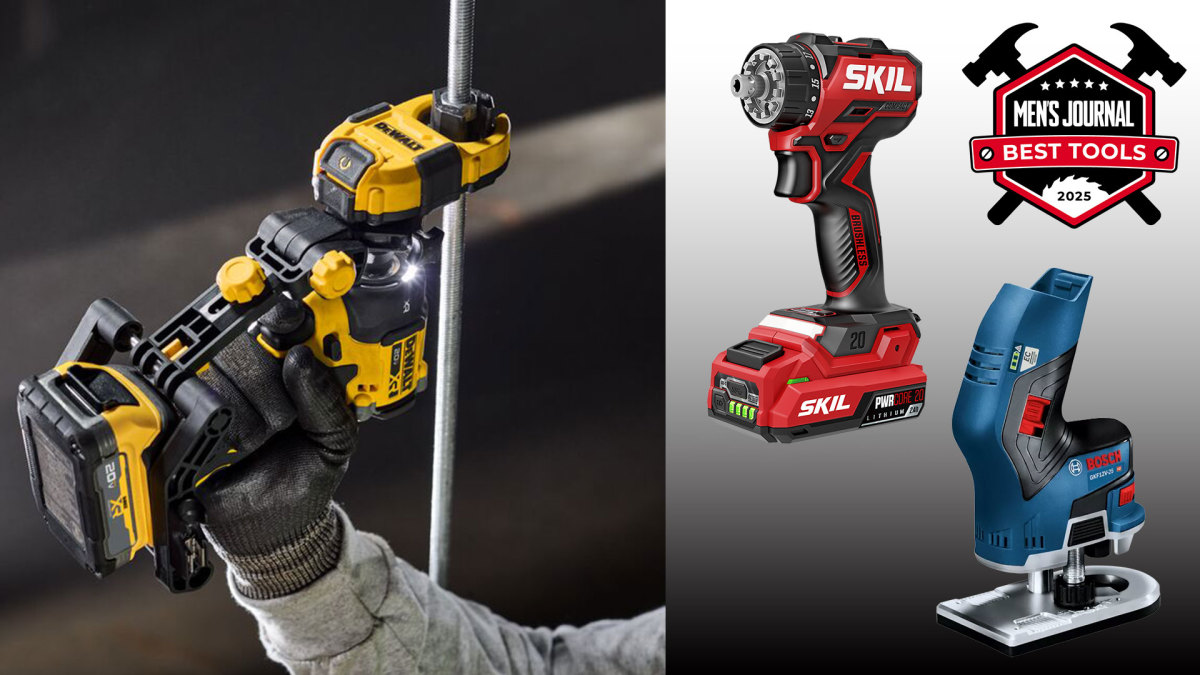Have you ever paused before a piece of art and felt an immediate, deep connection? Sometimes, it's the sheer power of a medium that truly grabs your attention, and for many, that medium is charcoal. There's just something about its raw, almost primal nature that allows artists to create images with an incredible range of emotion and depth. We're talking about works that truly excel, showing what's possible when an artist chooses this unique material.
Charcoal art, you know, has a long history, stretching back to the earliest human markings on cave walls. It's a medium that, in a way, feels very ancient yet remains completely relevant for modern expression. The way it moves across a surface, leaving behind rich blacks, subtle grays, and bright whites, allows for a visual story that is both powerful and delicate, often at the same time.
So, what makes for the best charcoal art? It's not just about technical perfection, though that certainly plays a part. The "best" in this context often relates to how well the artwork achieves its purpose, whether that's capturing a fleeting moment, expressing a deep feeling, or simply making you stop and think. It’s about that impactful choice, that course of action by the artist that truly makes the piece stand out, excelling all others in its ability to connect.
Table of Contents
- What Makes Charcoal Art Stand Out?
- How Artists Achieve Excellence: Techniques for Top Charcoal Art
- Finding and Appreciating Truly Great Charcoal Pieces
- Common Questions About Charcoal Art
- The Enduring Appeal of Charcoal
What Makes Charcoal Art Stand Out?
When we talk about the best charcoal art, we're really looking at pieces that transcend simple drawing. These are works that, in a way, speak to you, using the medium's inherent characteristics to their fullest. It’s about how an artist makes the most of charcoal's range, from the darkest darks to the softest grays, to create something quite memorable.
The Unique Qualities of Charcoal
Charcoal, you see, is a wonderfully versatile material. It allows for a vast array of tones, from deep, velvety black to the most delicate, ethereal gray. This broad spectrum is, in fact, one of its greatest strengths. Artists can create dramatic light and shadow effects, giving their subjects a sense of volume and presence that is very compelling.
What's more, charcoal is incredibly expressive. It can be smudged, blended, and erased with relative ease, offering a fluid approach to art-making. This fluidity means artists can work quickly, capturing gestures or emotions with a spontaneity that other mediums might not allow. It's almost like the material itself encourages a more direct and intuitive creative process.
The texture it leaves behind is also something quite special. Depending on the type of charcoal and the surface it's used on, you can get everything from a smooth, almost painterly finish to a rough, grainy texture that adds character and depth. This tactile quality, so to speak, contributes significantly to the overall feel of a piece.
Different Types of Charcoal for Art
To truly appreciate the best charcoal art, it helps to know a little about the tools artists choose. There are, actually, a few main kinds of charcoal, and each offers something a little different. Knowing this helps you understand the choices an artist makes.
Vine Charcoal: This is, basically, just charred willow sticks. It's very soft and produces light, easily erasable marks. It's often used for initial sketches and for building up layers of tone. It allows for a lot of flexibility, which is why many artists start with it.
Compressed Charcoal: This kind is made from powdered charcoal mixed with a binder, then pressed into sticks or pencils. It comes in various hardness levels, from soft to hard, and creates much darker, more intense marks than vine charcoal. It's great for adding strong contrasts and deep shadows, you know, for that real punch.
Charcoal Pencils: These are, in a way, compressed charcoal encased in wood, just like graphite pencils. They offer more control and less mess, making them good for detailed work and fine lines. They are pretty convenient for precision.
Powdered Charcoal: This is exactly what it sounds like—charcoal in a powdered form. Artists often apply it with brushes or cloths to create smooth, even tones over large areas, or for subtle blending effects. It's a very versatile option for backgrounds or atmospheric effects.
The choice of charcoal, you see, directly impacts the final appearance of a piece. The best artists, in a sense, pick the "best choice for this purpose," selecting the specific type that will help them achieve their artistic vision most effectively.
How Artists Achieve Excellence: Techniques for Top Charcoal Art
What makes a charcoal drawing truly stand out? It often comes down to the artist's mastery of specific techniques, using the material in ways that make the work truly shine. It's about how they handle the medium to create something that excels all others.
Mastering Value and Contrast
The ability to manipulate value—the lightness or darkness of a tone—is, arguably, the cornerstone of exceptional charcoal art. Artists who create the best pieces are experts at creating a full range of values, from the brightest whites of the paper to the deepest, most absorbing blacks. This strong contrast gives a drawing its power and drama, really making it pop.
Think about it: a piece with strong value changes can make a subject feel three-dimensional, giving it a sense of form and weight. It's like they're sculpting with light and shadow, which is pretty amazing. The interplay between light and dark is what, in a way, guides your eye through the composition.
Creating Texture and Form
Charcoal is, you know, fantastic for rendering texture. Whether it's the rough bark of a tree, the soft folds of fabric, or the smooth surface of skin, a skilled artist can use different charcoal applications to convey these tactile qualities. They might use a light touch for delicate surfaces or press harder for something rugged.
Form, or the illusion of three-dimensionality, is also brilliantly conveyed with charcoal. By carefully observing how light falls on an object and creating subtle shifts in value, artists can make subjects appear to have depth and volume. It's a bit like magic, making a flat surface seem to curve and recede.
Expressive Line Work
While charcoal is celebrated for its ability to create soft, blended tones, the best charcoal artists also use line work with incredible intention. Lines can be bold and assertive, defining contours with strength, or they can be delicate and barely there, suggesting a whisper of a form.
The quality of the line, you know, can convey a lot about the artist's feeling or the subject's mood. A jagged line might suggest tension, while a flowing line could imply grace. It's another tool in the artist's kit for making a piece truly impactful.
Finding and Appreciating Truly Great Charcoal Pieces
If you're looking to see or even acquire the best charcoal art, knowing where to look and what to look for can be very helpful. It's about recognizing that special something that makes a piece truly excel.
Spotting the Best in Galleries and Online
When you visit an art gallery or browse online art platforms, keep an eye out for charcoal pieces that demonstrate a clear command of the medium. Look for works where the artist has utilized the full tonal range, showing a deep understanding of light and shadow. Are the textures convincing? Does the piece evoke a strong feeling? These are good indicators, you know.
Often, the best works have a sense of energy or quiet contemplation that draws you in. They might not be the flashiest pieces, but they possess a quiet power. You can learn more about art appreciation on our site, which might help you develop your eye for these qualities.
Online, platforms like Saatchi Art or other reputable art marketplaces often feature a wide array of charcoal drawings from artists worldwide. These sites can be a great place to discover new talent and see what's trending in the charcoal art world right now.
Caring for Your Charcoal Art
Charcoal, being a dry medium, is somewhat delicate. If you're considering owning a piece of the best charcoal art, proper care is, honestly, essential. Charcoal drawings are susceptible to smudging and dust, so they typically need to be framed under glass with a mat board to prevent the art from touching the glass directly.
Many artists will also apply a fixative to their charcoal drawings. This is a clear spray that helps to bind the charcoal particles to the paper, reducing smudging. Even with fixative, though, it's best to handle charcoal art with care, perhaps by holding it from the edges. This is, you know, the best way to preserve it.
Keep charcoal art away from direct sunlight and extreme temperature changes, as these can damage the paper over time. A stable environment is, in a way, the best choice for its long-term preservation. You can find more tips on preserving your art collection on this page.
Common Questions About Charcoal Art
People often have questions about charcoal art, especially when they are starting to explore it or consider buying a piece. Here are a few common ones:
Q: Is charcoal art messy to create?
A: It can be, yes, a little messy. Charcoal dust is, you know, part of the process. However, many artists use gloves or specific techniques to minimize the mess. The beauty of the medium often outweighs this slight inconvenience for them.
Q: How long does charcoal art last?
A: When properly cared for and framed, charcoal art can last for centuries. The paper quality and the use of fixatives play a big role in its longevity. It's actually quite durable, given the right conditions.
Q: Can charcoal art be colored?
A: While traditional charcoal art is monochrome, some artists do combine charcoal with other mediums like pastels, colored pencils, or even watercolors to add touches of color. This can create some really interesting mixed-media pieces, blending the best of both worlds.
The Enduring Appeal of Charcoal
The quest for the "best charcoal art" is, in a way, a search for that powerful connection between artist and viewer, expressed through a simple yet profound medium. It's about finding pieces that resonate, that show true mastery, and that stand out because of their emotional depth or technical brilliance. Whether you're an aspiring artist, a collector, or just someone who appreciates beautiful things, exploring the world of charcoal art is, truly, a rewarding experience. It's a medium that, you know, continues to captivate hearts and minds, proving that sometimes, the simplest tools can create the most profound statements.

:max_bytes(150000):strip_icc()/nup_180492_0631-2000-1-947568fc1f424463adfdaf452acb64a2.jpg)

